Ultraviolet radiation practical applications
Home » chemical » Ultraviolet radiation practical applications >Ultraviolet radiation practical applications
Ultraviolet Radiation Practical Applications. Electromagnetic radiation - electromagnetic radiation - Microwaves. The ultraviolet region starts right after the. E n e r g y o f r a d i a t i o n h ν 6. 2 1 0 1 9.
 The Various Uses For Uv Light Lightsources From light-sources.com
The Various Uses For Uv Light Lightsources From light-sources.com
Exposure to radiation causes damage to living tissue. 2 1 0 1 9. Ionizing radiation has many practical uses in medicine research and construction but presents a health hazard if used improperly. Hot bodies emit heat waves. Ultraviolet light is in the range of the EM spectrum between visible light and X-rays. It is ideal and most practical to calibrate a spectrophotometer without sending it out of the lab.
E n e r g y o f r a d i a t i o n h ν 6.
E n e r g y o f r a d i a t i o n h ν 6. The ultraviolet region starts right after the. Sources of Ultraviolet radiation. 2 1 0 1 9. The manufacturers of paints plastics. 6 1 0 1 7.
 Source: idstch.com
Source: idstch.com
Although microwaves were first produced and studied in 1886 by Hertz their practical application had to await the invention of suitable generators such as the klystron and magnetron. High doses result in Acute radiation syndrome ARS with skin burns hair loss internal organ failure and death while any dose may result in an increased chance of cancer and genetic damage. 2 1 0 1 9. Low-pressure mercury Hg discharge lamps are commonly used in UVGI applications and emit shortwave ultraviolet-C UV-C 100280 nanometer nm radiation primarily at 254 nm. Sources of Ultraviolet radiation.
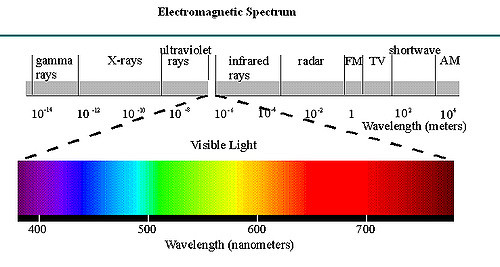 Source: media.lanecc.edu
Source: media.lanecc.edu
Ultraviolet germicidal irradiation UVGI is an established means of disinfection and can be used to prevent the spread of certain infectious diseases. 2 e V 6. Exposure to ultraviolet UV radiation may cause the significant degradation of many materials. Hot bodies emit heat waves. The UV data is collected continuously by detectors that respond to UV in a manner similar to human skin and updated in this chart every minute.

2 1 0 1 9. Microwaves are the principal carriers of high-speed data. 2 1 0 1 9. Sun heats the earth by electromagnetic waves. Ultraviolet UV is a form of electromagnetic radiation with wavelength from 10 nm with a corresponding frequency around 30 PHz to 400 nm 750 THz shorter than that of visible light but longer than X-raysUV radiation is present in sunlight and constitutes about 10 of the total electromagnetic radiation output from the SunIt is also produced by electric arcs and specialized lights.
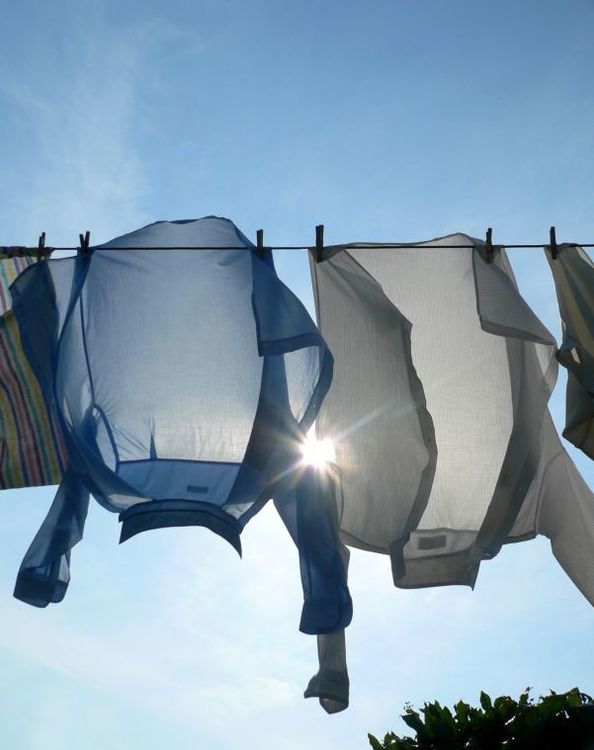 Source: sciencelearn.org.nz
Source: sciencelearn.org.nz
Ultraviolet radiation of 62 eV falls on an aluminium surface work function 42 eV. It is ideal and most practical to calibrate a spectrophotometer without sending it out of the lab. Hot bodies emit heat waves. The ultraviolet region starts right after the. Prolonged exposure to what is generally considered or classified as nonionizing radiation in the low frequency range 300-10000 Hz to extremely low frequency ELF.
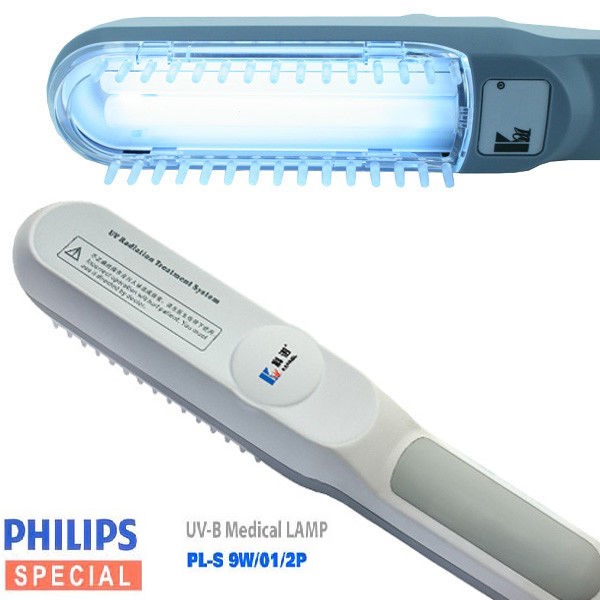 Source: media.lanecc.edu
Source: media.lanecc.edu
2 1 0 2 1. Exposure to radiation causes damage to living tissue. Therefore apart from referring to the UV Index predicted by the Observatory members of the public are advised to note the sky conditions their altitude and. For decades liquid calibration standards have been utilized. 1-300 Hz range is an important.
 Source: light-sources.com
Source: light-sources.com
UVR is classified by wavelength into three regions. The UV data is collected continuously by detectors that respond to UV in a manner similar to human skin and updated in this chart every minute. 2 e V 6. Most upstream oil- and gas-handling facility applications use Conduction Convection or a Combination of the two. Prolonged exposure to what is generally considered or classified as nonionizing radiation in the low frequency range 300-10000 Hz to extremely low frequency ELF.
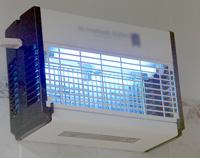 Source: darvill.clara.net
Source: darvill.clara.net
2 1 0 1 9. Most upstream oil- and gas-handling facility applications use Conduction Convection or a Combination of the two. For decades liquid calibration standards have been utilized. Damage by UV radiation is commonly the main reason for the discoloration of dyes and pigments weathering yellowing of plastics loss of gloss and mechanical properties cracking sun burnt skin skin cancer and other problems associated with UV light. However just as or possibly more important are the more prolonged longer duration exposures to non- or weak ionizing radiation found in common household work and recreational applications.
Source: sciencelearn.org.nz
The light that enables us to see things is referred to as visible light and is composed of the colors we see in a rainbow. Ultraviolet UV radiation comes from the Sun and on reaching the Earth after passing through the atmosphere it may have been modified by a number of factors. Sun heats the earth by electromagnetic waves. 2 e V 6. However just as or possibly more important are the more prolonged longer duration exposures to non- or weak ionizing radiation found in common household work and recreational applications.
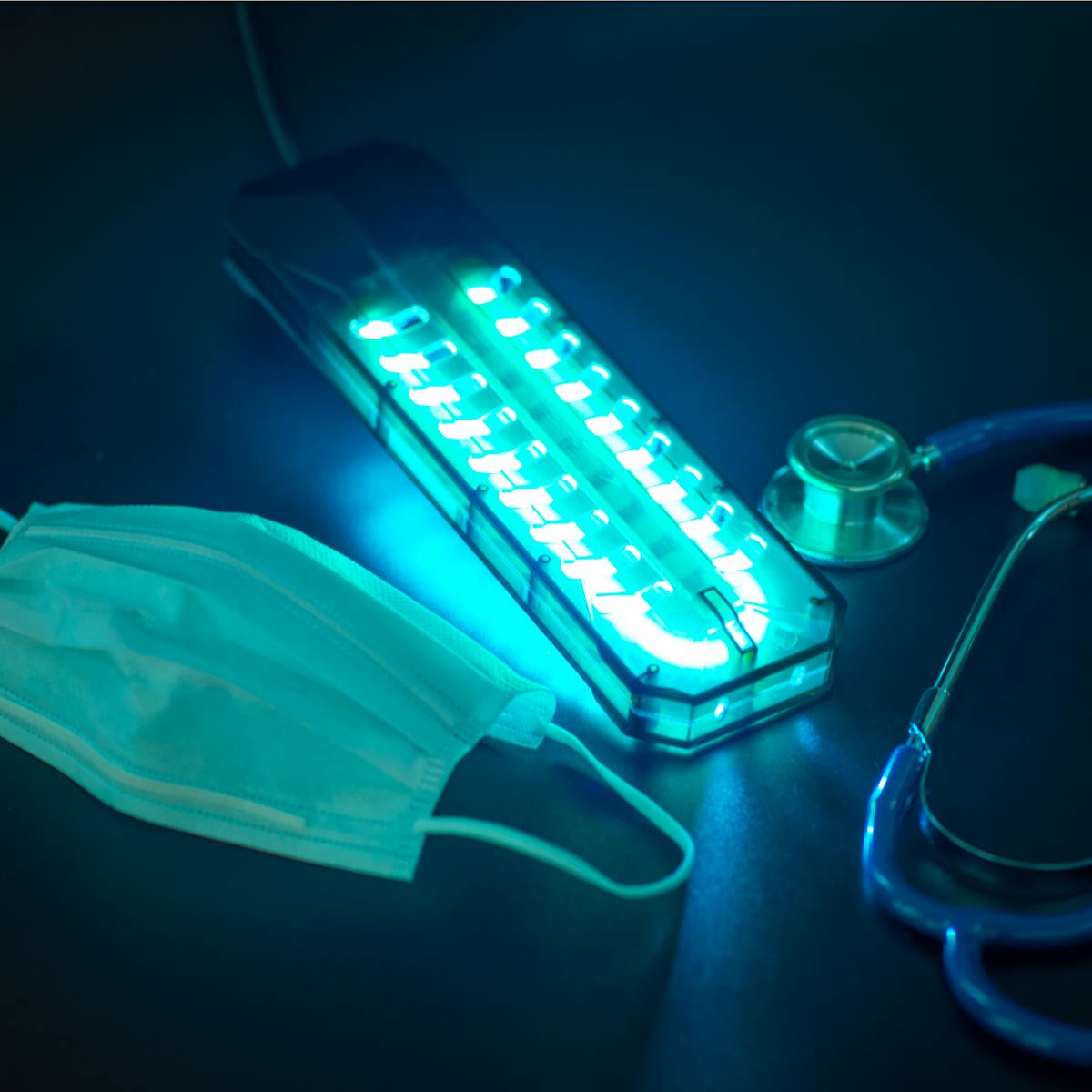 Source: theconversation.com
Source: theconversation.com
The UV data is collected continuously by detectors that respond to UV in a manner similar to human skin and updated in this chart every minute. Ultraviolet radiation UVR is defined as the portion of the electromagnetic spectrum between 100 nanometers nm and 400nm. UVR is classified by wavelength into three regions. 2 1 0 1 5. E n e r g y o f r a d i a t i o n h ν 6.
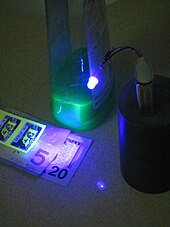 Source: en.wikipedia.org
Source: en.wikipedia.org
Damage by UV radiation is commonly the main reason for the discoloration of dyes and pigments weathering yellowing of plastics loss of gloss and mechanical properties cracking sun burnt skin skin cancer and other problems associated with UV light. It has frequencies of about 8 10 14 to 3 10 16 Hz and wavelengths of about 380 nm 000015 inches to. 2 1 0 2 1. Hot bodies emit heat waves. Utilizing Neutral Density Filters To Calibrate Spectrophotometer.
If you find this site convienient, please support us by sharing this posts to your favorite social media accounts like Facebook, Instagram and so on or you can also save this blog page with the title ultraviolet radiation practical applications by using Ctrl + D for devices a laptop with a Windows operating system or Command + D for laptops with an Apple operating system. If you use a smartphone, you can also use the drawer menu of the browser you are using. Whether it’s a Windows, Mac, iOS or Android operating system, you will still be able to bookmark this website.